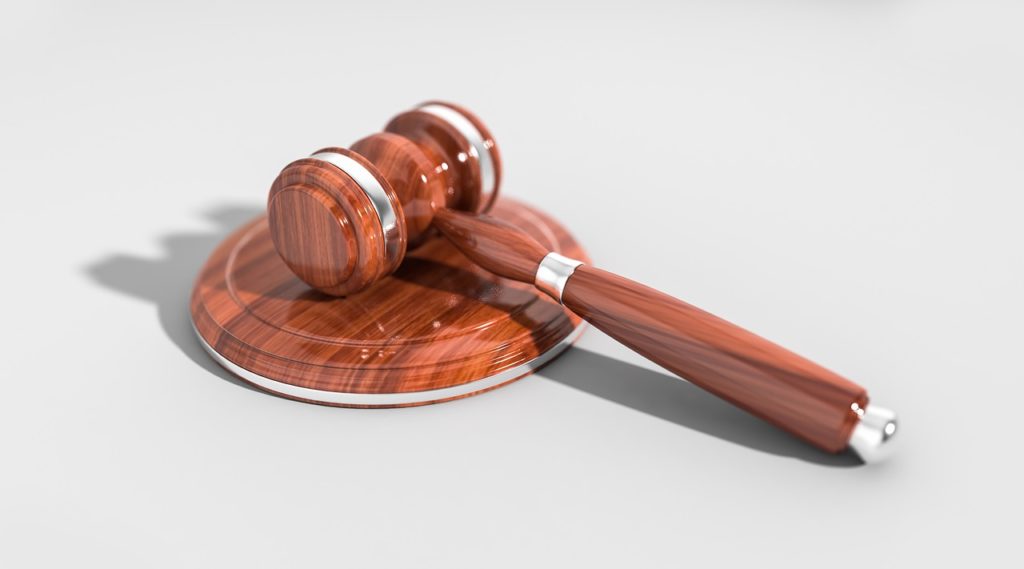DEA Fog “Clarification” Of Hemp Extract Legality

On January 13th, 2017 the Drug Enforcement Agency (DEA) issued the drug code 7350, a new drug code for marijuana extract that went into effect immediately. Drug Code 7350 allows DEA and DEA-registered entities to track quantities of marijuana extract separately from the quantities of marijuana.

In essence, the DEA is creating a new drug code for marijuana extract. How they’re defining the new drug code is as follows, “an extract containing one or more cannabinoids that has been derived from any ‘plant’ of the ‘genus’ Cannabis, other than the separated resin (whether crude or purified) obtained/extracted from the plant.”
As per DEA, the extracts from any part of cannabis remains as a Schedule I controlled substance. When Drug Code 7350 went into effect there was a lot of confusion over the specific implications of the code. Several extracts of the plant only include traces of cannabinoids (CBD) and have huge medical benefits.
Are these included in the new drug code? Additionally, the Controlled Substances Act (CSA) establishes a definition of marijuana, does the new drug code ignore that definition?
The public confusion over Drug Code 7350 prompted the DEA to release a memorandum to clarify the new drug code. Unfortunately, the memorandum did little to clarify the new drug code and only brings up more questions.
Summary of the Memorandum
The Memorandum (memo) makes three broad “clarifications:”
- The new code does not include materials or products that are excluded from the definition of marijuana in the CSA.
- The new drug code includes only extracts that fall within the CSA definition of marijuana (a little redundant, tbh).
- If the product consists solely of parts of the marijuana plant excluded from the CSA definition of marijuana, then it does not fall under the drug code of marijuana extracts (7360).
The DEA is clarifying that this new drug code is not adding any new extracts or materials to the definition of marijuana.
What they are doing is only meant to further “clarify” the separation between:
- The marijuana plant used for recreational purposes;
- Marijuana extracts used for medicinal drugs;
- Forms of recreational use that don’t involve the entire plant;
- and any other purposes for extracting materials from the plant.
However, this attempt at clarification has created a lot of legal confusion surrounding marijuana.
CSA Definition of Marijuana
In order to understand the legal implications of the memorandum it is important to know how the government defines marijuana.
Title 21 USC, the CSA defines marijuana as:
“All parts of the plant Cannabis sativa L., whether growing or not; the seeds thereof; the resin extracted from any part of such plant; and every compound, manufacture, salt, derivative, mixture, or preparation of such plant, its seeds or resin. Such term does not include the mature stalks of such plant, fiber produced from such stalks, oil or cake made from the seeds of such plant, any other compound, manufacture, salt, derivative, mixture, or preparation of such mature stalks (except the resin extracted therefrom), fiber, oil, or cake, or the sterilized seed of such plant which is incapable of germination.”
The updated drug code makes the marijuana plant as a whole fall under Drug Code 7360, but use of the marijuana extracts in any form (excluding those specifically listed) fall under Drug Code 7350.
Cannabinoids (CBD)
One of the major controversies of this clarification involved the extraction of CBD from the plant’s resin. It is not illegal to use the resin, the sticky organic substance exuded by the marijuana plant, of the fully matured stalk. Resin contains small traces of CBD.

The question becomes, can you produce a CBD product that comes from solely the resin of the marijuana (hemp) stalk? According to the memo, the answer is no. In order to understand this conclusion, let’s take a further look at CBD and resin.
CBD is a cannabis compound (molecule) that provides all the medical benefits of the plant, without giving the user a “high” or “stoned” feeling. In fact, it can actually counteract the psychoactive effects of THC. CBD has been linked to giving relief for pain, inflammation, anxiety, seizures, spasms and several other conditions.
It can be used in the treatment of MS, arthritis, diabetes, alcoholism, chronic pain, schizophrenia, epilepsy, and even possibly, has anti-cancer properties. It’s no wonder the public wants to further explore its potential, but unfortunately you cannot legally experiment with this substance as a member of the general public.
While the use of resin is legal, the use of any CBD is not. When you extract resin from the plant, there are small traces of CBD in the resin (not enough to have any significant impact).
If someone could potentially extract enough CBD from the resin to make it useful, then it would fall under the definition of an illegal marijuana extract under Drug Code 7350. Essentially, you would be exploiting the legal product of the plant to reproduce the extract of the plant that is illegal. Regardless of how you produce the CBD it is still illegal.
This was determined in Hemp Industries Association v DEA (2004) and further clarified in the memorandum to Drug Code 7350. While a memorandum typically holds the weight of the law, a verification of that law through judicial precedence makes the memorandum even more powerful in a legal sense.
Drug Code 7350
While the Drug Code 7350 is unclear and further extends the reach of the DEA to measure marijuana extracts in products, it can also be seen as a step forward for the legalization of marijuana. The government has acknowledged that marijuana extracts have separate effects and implications than the plant as a whole.
This diversification allows for a new basis of legal challenges and ramifications. While it currently has no effect on the use and separation of CBD, it is at the very least an acknowledgement of the different uses of the marijuana plant extracts.
At the end of the day, do we need to worry too much? And the answer is, like the states have been ignoring the Federal government, I feel like we will also be ignoring the DEA on how they choose to classify and control, yet, another layer of cannabis.
- National Cannabis Legalization Update - December 22, 2017
- DEA Fog “Clarification” Of Hemp Extract Legality - December 20, 2017
- Should You Be A Cannabis Activist If You Have A Family? - December 4, 2017
